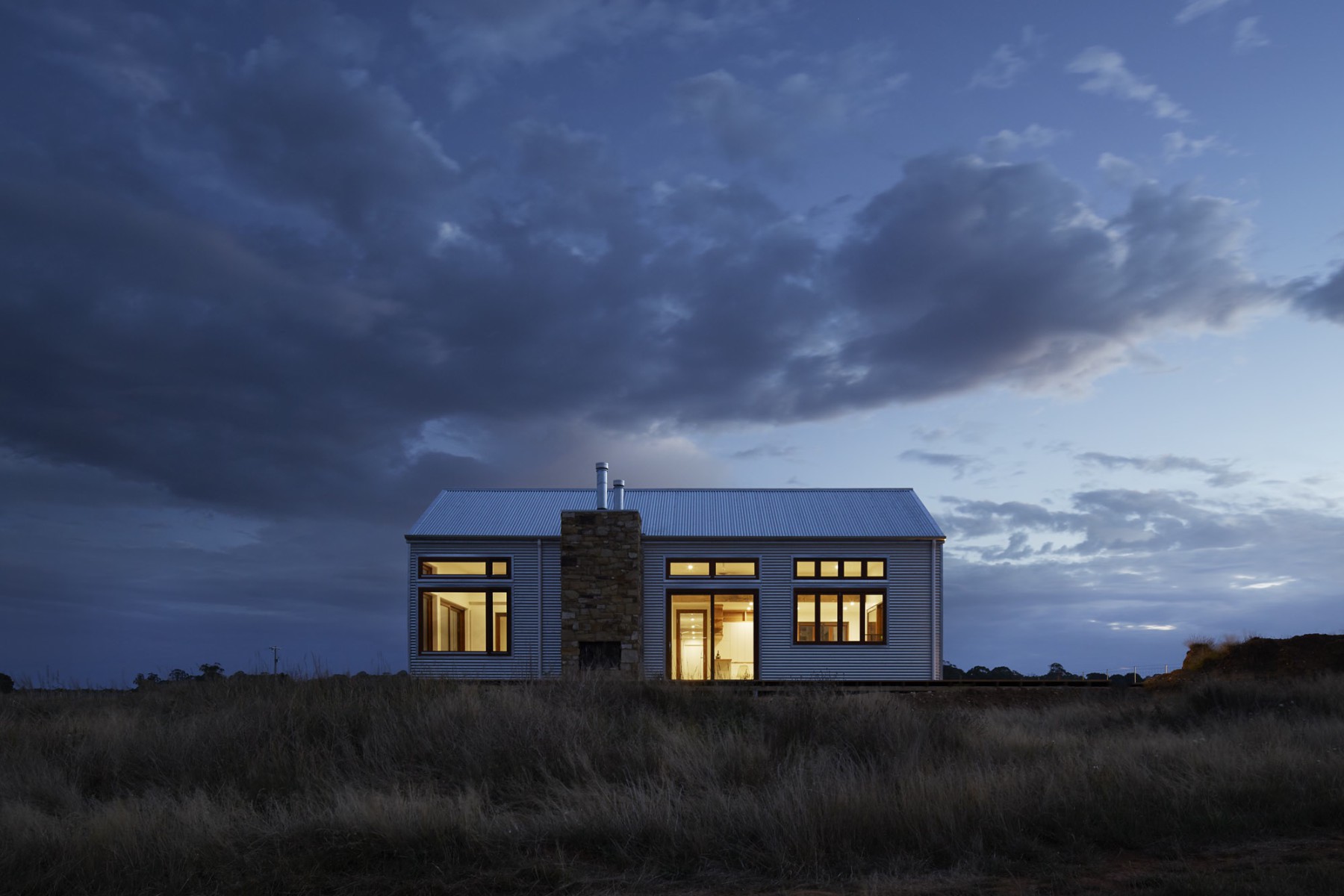What You Should Know Before Investing in a Historic Home
As you expand your real estate portfolio, you may come across an opportunity to invest in a historic home. For many people, this can be an exciting prospect as you will be purchasing a piece of local history. Additionally, homes in historic neighborhoods are usually easy to rent and come with high appreciation potential. Unfortunately, these properties can also come with their own unique challenges as well. From restrictions on renovations to potential maintenance problems, some investors find that historic properties are more trouble than they are worth. Thusly, before you go investing in a historic home, it is important that you understand the challenges that can come with owning one of these properties. Keep reading as we take a look at what you should know before investing in a historic home.
Potential Tax Benefits
As any savvy investor knows, the right tax breaks can make a huge difference in the profitability of your real estate portfolio. While historic properties often require a great deal of work and maintenance (more on this later), governments at the state and federal level often offer tax incentives such as historic tax credits to help homeowners preserve historic properties. You may even qualify for an easement, which is an agreement between the owner of a historic property and a preservation group whereby the owner’s income tax, property tax, or estate tax is reduced. This can help offset the cost of renovating and maintaining a historic property significantly, increasing its profitability. You may even be eligible for multiple benefits, you’ll just have to take the time to research what kind of tax benefits your historic property may qualify you for.
Strict Regulations
Every real estate investor has a different strategy. While some rent out their properties and keep them as part of their investment portfolio, others prefer to renovate them and immediately sell them for a profit (which is referred to as flipping). If you prefer to flip the homes you purchase, a historic home may not be a good fit for you, as renovations can be one of the biggest challenges of investing in a historic home. There are often strict regulations that you have to follow when renovating a historic home, particularly if it is in a historic district or it is a designated historic landmark. Even doing something as simple as swapping out a sink or repainting the home’s exterior may need approval if your property is a historic landmark.
Before you purchase a historic home, you should find out what would be involved in seeking approvals for remodels and upgrades. You will then have to decide if you are willing to deal with the oversight that will come with any remodel. However, if you are up to the challenge, restoring historic homes can be extremely rewarding and provide a high return on investment.
High Appreciation Potential
While putting up with the red tape involved in maintaining and restoring a historic property can be a nuisance, all of your hard work will likely be worth it as you should see a high return on your investment. This is because well-preserved homes in historic districts typically see appreciation levels significantly higher than other properties. In fact, on average, a historic property’s value is about 26 percent higher than other homes in the surrounding market. This means that if you restore a historic home that needs a little work, or you simply hold onto a historic property for a while, you could see exciting profits from your investment.
Higher Maintenance Costs
The cost of maintaining a historic home can be quite high, as it is not uncommon to encounter problems with older homes. Additionally, many state and local governments have specific upkeep requirements for older homes, which means that you may have to perform work on your historic home more frequently than other properties in your portfolio. Additionally, these regulations also often require homeowners to use historically accurate materials, which can further increase maintenance costs. While many investors still find purchasing historic properties to be worthwhile, it is important that you are prepared for the costs that can come with owning one of these properties and factor these expenses into your budget. Fortunately, tax breaks and credits can help offset these costs significantly.
Attract Long-Term Tenants
If you plan on purchasing a home as a rental property, then a historic property is a great option. Not only are these properties usually in high demand, but they tend to attract long-term tenants, helping to reduce vacancies. Additionally, historic districts tend to have higher rent than surrounding neighborhoods, making historic homes great for generating passive income. Short-term rentals are also a great option for owners of historic homes, as these neighborhoods tend to be in high demand on websites like Airbnb.
You May Have Problems With Homeowners Insurance
Prospective investors in historic properties may run into problems getting homeowners insurance. Since historic properties are so costly to renovate and restore, many insurance companies are hesitant to offer homeowners insurance policies on these properties due to how costly repairing a policyholder’s home could be following a fire or other covered disaster. While there are insurance companies that specialize in providing homeowners insurance policies for historic homes, these policies can be very expensive. If you plan on investing in a historic home as a rental property, you will have to figure out whether the rent you would be able to charge would offset the high costs of insuring the property.
Investing in a historic property comes with its own unique set of challenges, but if you are willing to put in a little time and effort, the financial rewards make all of the hassle worthwhile. Feel free to contact us to learn more about the process involved in purchasing and maintaining a historic home as well as to find out about your financing options.
